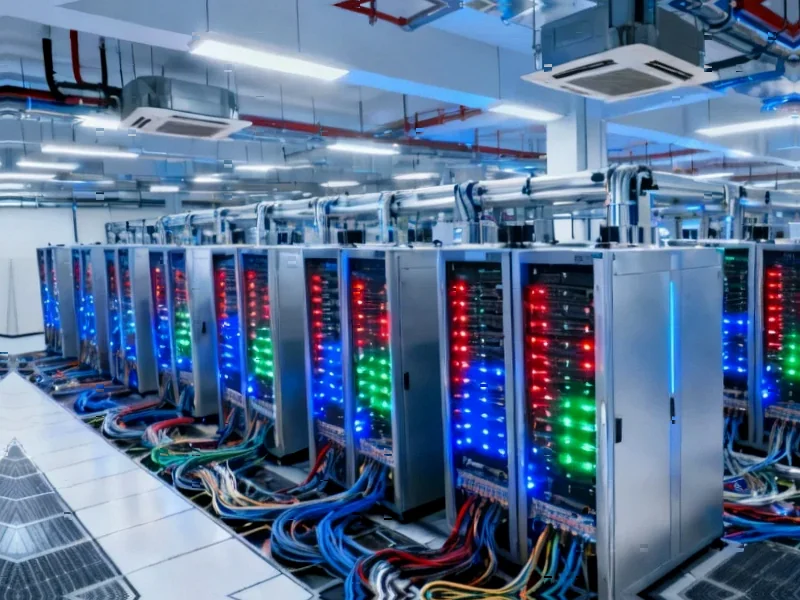According to Forbes, Caterpillar stock has surged 10% over the last week to reach $577.26 per share, driven by optimism around infrastructure spending and a resilient U.S. economy. The analysis maintains a negative outlook on the stock, suggesting a potential price correction to $404 based on concerns about weak operational performance, financial health, and high valuation. With a market capitalization of $271 billion, Caterpillar offers construction and mining equipment, engines, industrial turbines, and integrated energy systems across multiple sectors. The evaluation indicates that despite recent gains, the stock appears unattractive at current levels when considering CAT Valuation Ratios, CAT Revenue Comparison, and CAT Operating Income Comparison. This bearish assessment raises important questions about the sustainability of Caterpillar’s current valuation.
The Industrial Cycle’s Inevitable Downturn
Industrial stocks like Caterpillar operate in notoriously cyclical markets that often defy optimistic projections. The current infrastructure spending narrative driving CAT’s rally overlooks historical patterns where construction and mining equipment demand typically follows boom-bust cycles. What’s particularly concerning is that Caterpillar has historically experienced more severe declines than the broader market during economic downturns, with slower recovery periods. The company’s exposure to global commodity markets—particularly mining and energy—creates additional vulnerability beyond domestic infrastructure spending. When global growth slows or commodity prices retreat, Caterpillar’s diverse business segments could face simultaneous pressure, amplifying downside risk beyond what current valuations suggest.
The Dangerous Disconnect Between Price and Fundamentals
At $577 per share, Caterpillar trades at valuation multiples that appear disconnected from its underlying growth trajectory. The company faces structural headwinds that many investors are overlooking in their enthusiasm for infrastructure themes. The transition toward renewable energy and electrification threatens Caterpillar’s traditional diesel-powered equipment dominance, requiring significant capital investment in R&D that may not yield immediate returns. Meanwhile, competitors are developing more efficient and environmentally compliant equipment, potentially eroding Caterpillar’s market leadership. The stock’s current premium valuation seems to assume perfect execution in a rapidly evolving industrial landscape, which rarely materializes in reality.
Unseen Risks in Global Operations and Supply Chains
Beyond the obvious valuation concerns, Caterpillar faces substantial operational risks that aren’t fully priced into current stock levels. The company’s global footprint exposes it to currency volatility, trade tensions, and geopolitical instability that could disrupt supply chains and profitability. Recent supply chain disruptions have demonstrated how quickly industrial companies can face margin compression from input cost inflation. Additionally, Caterpillar’s significant exposure to China—both as a market and manufacturing base—creates vulnerability amid ongoing U.S.-China trade tensions and potential decoupling scenarios. These operational complexities mean that even strong demand for equipment might not translate to expected profitability, making current valuation levels particularly precarious.
Why Investors Should Consider Alternatives
The analysis suggesting a $404 price target reflects a more realistic assessment of Caterpillar’s risk-adjusted prospects. Investors chasing the infrastructure theme might find better opportunities in companies with stronger growth profiles, cleaner balance sheets, and less cyclical exposure. The industrial sector contains numerous companies trading at more reasonable valuations with better operational metrics and less dependence on commodity cycles. For those committed to the infrastructure theme, considering companies with more specialized technology, stronger service revenue streams, or exposure to faster-growing segments like digital infrastructure might offer superior risk-reward profiles. The current enthusiasm for Caterpillar appears to be overlooking these alternatives in favor of a well-known brand name, which often proves to be a costly mistake in industrial investing.




